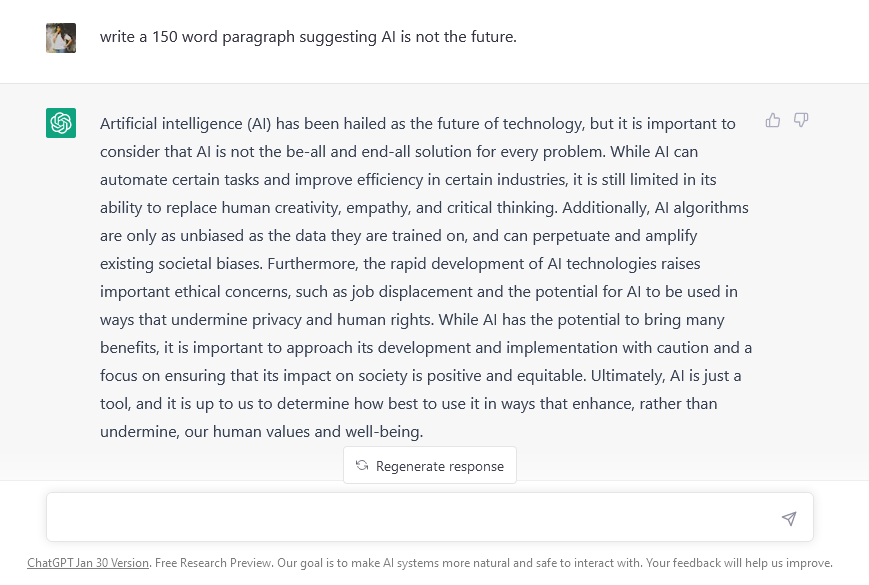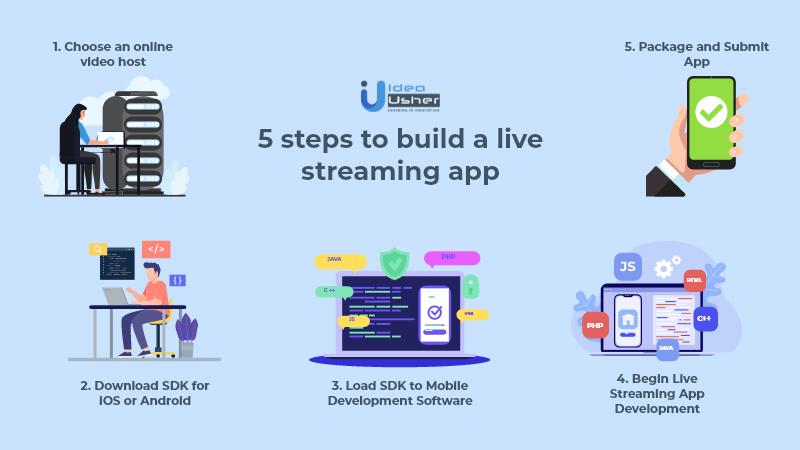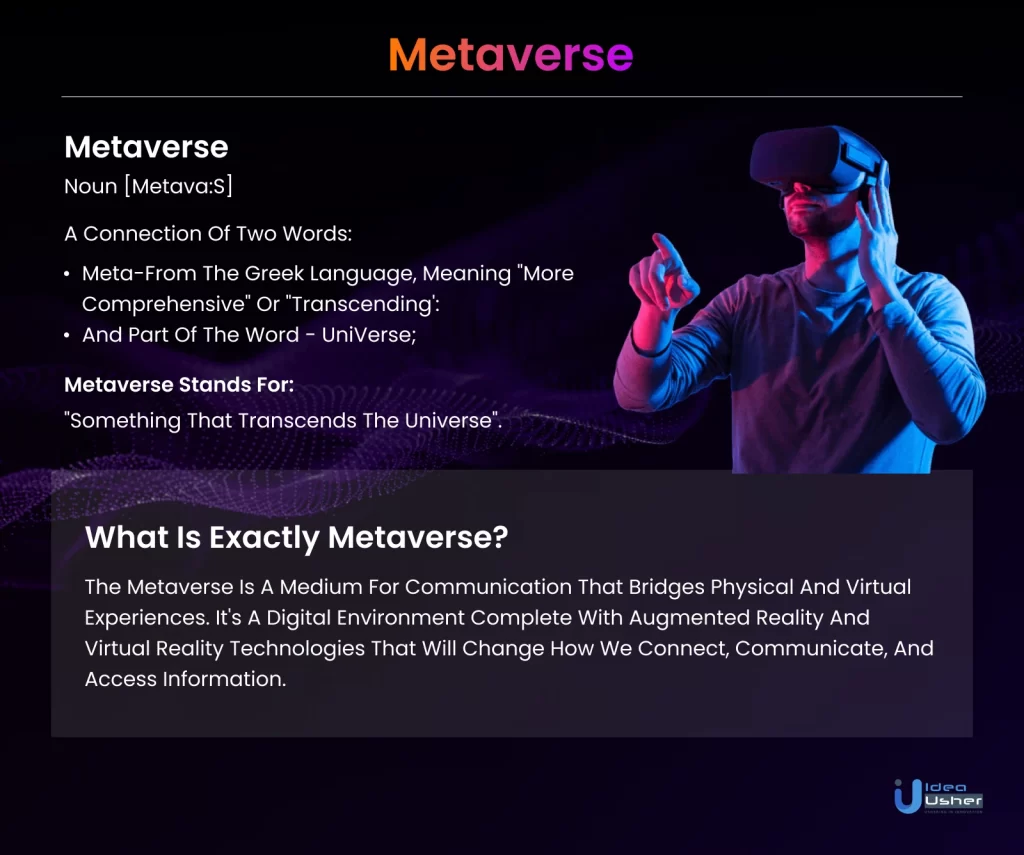
The year 2023 marks the 30th anniversary of the first live stream to be transmitted across the internet. Streaming has proliferated in recent decades, as from leisure activities to business operations that rely on video conferencing technologies, streaming technology has permeated all areas of our lives. The rapid advancement of the Internet of Things (IoT), AI, immersive extended reality, etc., has further facilitated these streaming services. In this article, we will explore the most notable trends in the world of streaming services for the year 2023. While some of these trends may have been predicted in previous years, it is important to note that the advancement of digital technology is an ongoing process that builds upon itself.
Top 13 Streaming Trends for 2023
We have listed some of the best trends to follow in 2023:
1. Artificial Intelligence (AI) for Dynamic Content Creation
As a digital marketer or a software developer, you may have been contemplating the potential of artificial intelligence (AI) in 2023. The recent launch of ChatGPT has generated significant interest, as it is capable of performing remarkable tasks that range from blog writing to code development. There are other AI tools, such as Dall-E 2, Copy.AI, Point.E, etc., that can generate written and visual content based on specific inputs. While the results produced by these tools may not yet be of the highest quality, they still demonstrate AI’s ability to create content dynamically.

Will writers and graphic designers be replaced with AI tools?
The answer is no. However, AI presents opportunities for enhancing content creation by jumpstarting projects, scaling production, and generating personalized advertising in real time, but it can not replace human manpower.
“This is a team sport: The human artist and the machine artist are a duet. And it requires not just experience but also lots of hours and work to produce something useful… It is very easy to get the AI to surprise you. (And that is often all we ask of it.) But it is very difficult to get the AI to obey you.”
Kevin Kelly, the founding executive editor of Wired magazine
In the world of streaming, AI-driven content creation is everywhere:
| News: | Defiance Media is creating AI-generated news content. |
| Hollywood: | AI-generated motion pictures are on the horizon. |
| Enterprise: | With tools like DeepBrain’s AI Studios and D-Speaking ID’s Portrait, the production of taking-heads videos for training, product marketing materials, custom messages to clients, and more is getting automated. |
| Sports: | Ran.de is using virtual humans to host soccer coverage. |
2. Free Ad-Supported (FAST) Television
For decades, families would tune in to their TV sets to watch pre-scheduled shows and advertisements in a linear fashion, dating back to the first American TV commercial that aired in 1941. However, in 2007, Netflix changed the game by introducing a direct-to-consumer streaming service that followed a subscription-based video-on-demand model, giving viewers the flexibility to stream content at their leisure, away from scheduled slots.
Fast-forward to 2023, with the advent of free ad-supported TV, a hybrid of streaming and traditional linear broadcasting that offers cost-free channels to people who have given up cable TV, the trend has reverted to the traditional approach. Audiences may receive free programs in this fashion, while broadcasters can make money through ads.
Top players in the FAST space include:
- Pluto TV,
- Roku, and
- Peacock.
Why return to the traditional model now?
As more streaming platforms have emerged, viewers have become sick of needing to sign up for various services in order to watch their preferred material. This phenomenon is known as streaming fatigue. At the conclusion of a long day, people may choose a simpler solution like classic linear television due to the overload of alternatives or decision fatigue. Moreover, early adopters have voiced unhappiness with the repetitious and limited nature of commercial content, despite the evident expansion of free ad-supported TV.
Again, here, the AI for dynamic content creation could play a role by assisting with simple and dynamic commercial creation.

3. New OTT Monetization Models
Here are some of the new monetization models in adoption for OTT streaming service providers:
| Ad-based video on demand (AVOD) | Uses advertisements and commercials to generate revenue |
| Free ad-supported TV (FAST) | Combines scheduled programs with advertisements and, on a one-to-many basis, streams free content |
| Subscription-based video on demand (SVOD) | Provides unlimited access to content for a certain monthly or annual fee |
| Transactional video on demand (TVOD) | Pay-per-view content that can be purchased on an ad-hoc basis, for example – premium live content. |
| Hybrid monetization | A combination of all or many monetization models. For example – Amazon Prime (SVOD, AVOD, TVOD plan) |
Apart from these monetization models, 2023 has the potential to bring more opportunities to generate revenue, like shopping on one tap from the photo or video content, in-game betting, etc.
4. Immersive Video Experiences and the Metaverse

The metaverse is a new world that combines physical and digital things using AR, VR, and video technology. However, it will take time for companies to develop it completely because they need to make sure they have the right content, technology, and ideas. Here are some facts related to the observations:
- AR has become popular faster than VR because it’s easier to use.
- AR adds digital things to the real world, while VR creates a whole new digital world.
- VR is more expensive and harder to make, and not everyone has a VR headset.
Some companies that are doing a good job creating the metaverse include Minecraft, Roblox, Unreal Engine, and Decentraland. People are excited about Apple’s new VR headset, which will come out this spring and help push the metaverse forward.
25% of the population will spend at least an hour a day participating in a metaverse for work, education, shopping, entertainment, or other reasons by 2026.
Gartner
5. Advancements in Streaming Speeds and Feeds
Video lag is one of the biggest problems stopping the creation of a new world that combines physical and digital things using video technology. This lag also affects things like live sports betting, surgeries that are done using technology, and many other things that need to work quickly. Latency is caused by the technology used to send video across the internet, and here is how this technology is getting improved in 2023:
5.1 Protocols
The video delivery industry has been working to improve video latency, which is the delay in video transmission.
- Low-Latency CMAF and Low-Latency HLS for DASH used to be popular, but they don’t work well for real-time interactions.
- Some organizations are choosing real-time video delivery, while others are sticking with a six-second delivery time.
- The most promising technology for interactive streaming is:
- WebRTC, which supports the near-simultaneous exchange of data.
- High-Efficiency Streaming Protocol (HESP), which can achieve sub-second streaming
5.2 Content Delivery Network (CDN) Scaling
Low latency and scalability in video delivery can sometimes clash, but content distributors are finding solutions to overcome this by using innovative approaches such as deploying WebRTC across a custom CDN or using multiple CDNs to share traffic across multiple internet service providers.
5.3 Video Codecs
The speed of video delivery is also impacted by the video codecs used. With H.265/HEVC and AV1 becoming popular for standard latency content and H.264 being preferred for real-time interactive video applications.
6. Improvements in Connectivity: 5G and ATSC 3.0
With the help of ATSC 3.0, sometimes referred to as NextGen TV, major networks may now be accessed for free in 4K with a TV antenna. Similar to 5G, this technology has the ability to democratize connection by bringing internet access to places without access to standard broadband. In order to enable live streaming and mobile use of VR, AI, and IoT, 5G technology is developing and becoming available on devices other than phones.
7. Omnichannel Video Marketing
Many organizations are embracing omnichannel marketing to engage customers because it seeks to provide a cohesive customer experience across all touchpoints, including video. For instance, Ulta Beauty employs video in a variety of ways, including through the hosting of a video podcast, live cosmetic tutorials, and virtual product try-on.
Marketers should take this strategy into account in 2023 and concentrate on software and solutions to automate the creation of creative content that can be effectively used across many platforms. Ad tech will be essential in this since it will enable marketers to produce content once and use it across the board.
8. Market Consolidation
Due to the slowing growth of subscribers and the viewers’ migration to alternative consumption methods, the trend of consolidation in the streaming sector is anticipated to continue in 2023. In 2022, several businesses in the tech and streaming industries made layoffs. Numerous acquisitions undertaken by businesses such as Disney, Warner Brothers, and Telestream, among others, show this tendency:
- Warner Brothers finalized their merger with Discovery
- Disney bought MLB’s remaining stake in BamTech for $900M
- Telestream acquired Encoding.com
- Amagi acquired Streamwise
- Limelight Networks acquired Yahoo’s Edgecast
- 3Play Media Acquired Captionmax
- Enghouse Systems acquired Qumu for $18M
- Dolby acquired Millicast
These purchases combined complementary offerings, and in 2023 this pattern is expected to persist.
9. Blockchain and Non-Fungible Tokens (NFTs)
Blockchain technology and NFTs (non-fungible tokens) can have an influence on the streaming market by enabling decentralized exchange and revenue sharing for video content. NFTs serve as digital credentials for assets, allowing private owners control over monetization and copyright and potentially altering the way streaming material is distributed.
10. The Greening of Streaming
The term “greening of streaming” describes initiatives to make video delivery more eco-friendly by lowering energy waste and boosting efficiency. Conserving money helps the environment and content distributors. In 2023, video developers will use analytics to help decrease energy consumption and reduce the carbon footprint of streaming.
11. Strategic Approaches to Gamification
In order to appeal to younger people, the game broadcasting business is embracing social participation and multimedia experiences. Platforms like Twitch, YouTube, and Facebook Gaming saw substantial development throughout the epidemic. Twitch has embraced its technologically sophisticated audience by adding new capabilities to make live broadcasting of various types of content easier.
To improve the watching experience, broadcasters are investing in real-time videos, interactive features, and gamification. They understand how critical it is to create effective procedures for distributing real-time movies widely. Additionally, viewers may interact with the material and share it on their favorite social networking sites thanks to the incorporation of chat features and sharing options.
12. Expansion of IoT Video Streaming
With an expected growth of 30.9 billion IoT-based devices streaming data and videos by 2025, the use of Internet of Things (IoT) video streaming has increased across a variety of settings. Domestic applications of IoT video streaming include security cameras, pet monitors, and doorbell IPs. As 5G internet access becomes more prevalent, the technology’s adoption in households is expected to soar. The automotive industry is the largest segment of this market since IoT access lessens driver burden and the possibility of human mistakes in life-or-death circumstances.
13. Beneficial Short-Form Content
The reach and engagement of digital creators can be increased by repurposing lengthy material into bite-sized chunks. Social media platforms, for example, offer a simplified channel for distributing such video/audio material, enabling more distribution and interaction. Creators may attract new viewers or hook existing audiences by showing the most interesting parts of their videos and directing them to their whole body of work. This increases the chance of getting higher reach and impressions on the full-length content.
Total no. of loT connected devices that stream video and data by 2025 is projected to be 30.9 bn.
Trends reveal the future of the streaming industry
| There will likely be 1.495 billion SVOD subscriptions worldwide by 2026. |
| With a CAGR of 28.1%, the live-streaming industry will be valued at over $247 billion by 2027. |
| In comparison to text and picture posts, videos on social media get 1200% more shares. |
| Users watch live videos for 20 times longer than other forms of video material. |
Percentage of internet users globally watched live streaming material on a weekly basis from the second quarter of 2021 to the third quarter of 2022:

Conclusion
The world of streaming has undergone many changes over the past few decades, and 2023 is no exception. With the advent of AI, immersive video experiences, and new monetization models, the future of streaming looks very promising. AI is being used to create content dynamically, and while it can assist with content creation, it cannot replace human creativity and skill. The return of the traditional model of free ad-supported television offers a more accessible and simpler solution for viewers, and the hybrid monetization models provide opportunities for both streaming service providers and advertisers to generate revenue. The metaverse is still in its early stages of development but has the potential to offer a completely new level of immersive experiences that combines physical and digital realities.
Streaming is a constantly evolving industry, and with technology advancing at a rapid pace, it will be exciting to see what new trends emerge in the coming years.
Contact Idea Usher at [email protected]
Or reach out at: (+1)732 962 4560, (+91)859 140 7140
FAQ
What will be the best streaming service in 2023?
Here are some of the best streaming services:
- Disney+
- Netflix.
- YouTube TV.
- Amazon Prime Video.
- Hulu.
- fuboTV.
- Peacock.
- Crunchyroll.
What is the forecast for the video streaming industry?
In the Video Streaming (SVoD) category, the average revenue per user (ARPU) is anticipated to reach US$73.94 in 2023. By 2027, there will be 1,636.0 million subscribers in the category of video streaming (SVoD).
Is streaming a growing industry?
Live streaming produced the highest revenue in 2021, with a market share of over 61.5%. The growing popularity of digital media devices and the availability of faster internet for online media access are the main causes of the segment’s growth.






Rebecca Lal